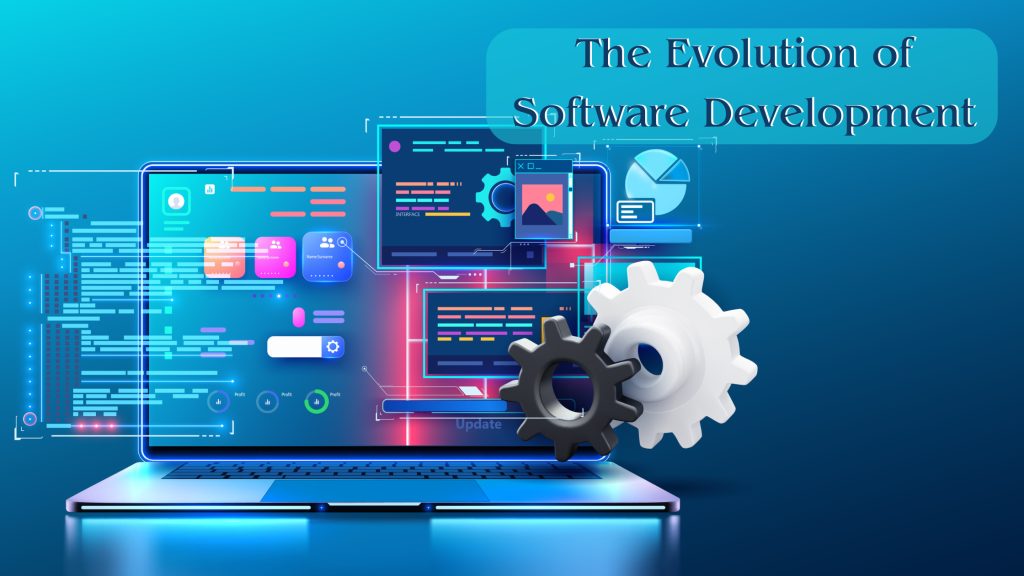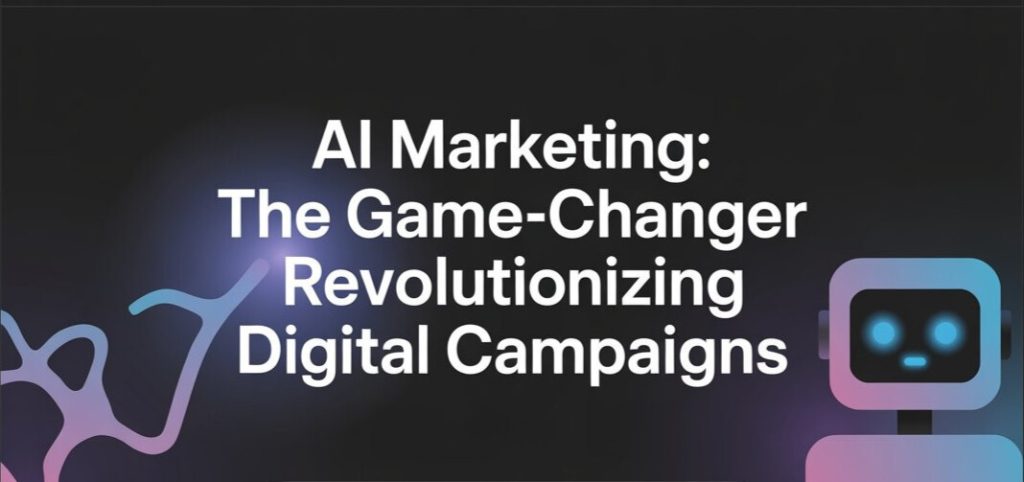
The Evolution of Software Development: From Code to Intelligence
Software development has never been static. From the days of punched cards and command lines to modern low-code platforms and AI-driven systems, it has constantly reinvented itself. What began as a mechanical process of writing code has evolved into a collaborative, automated, and intelligent ecosystem. And today, with Artificial Intelligence woven deep into its fabric, software development isn’t just about building systems – it’s about creating systems that can learn, adapt, and evolve.
The Early Days: Manual, Linear, and Rigid
In its infancy, software development was a purely manual process. Programs were written in machine language, with every instruction painstakingly defined. Debugging was slow, collaboration was limited, and scalability was almost nonexistent.
The 1980s and 1990s brought procedural and object-oriented programming – a major leap that made code modular and reusable. Development started to look more like engineering than experimentation. Yet, it was still human-dependent and time-intensive, with innovation constrained by process.
The Shift to Agile and Automation
The 2000s marked a fundamental shift. Agile methodology replaced linear “waterfall” approaches, emphasizing flexibility, iteration, and user feedback. This change made development faster and more responsive to market needs.
Around the same time, DevOps emerged – merging development and operations to shorten delivery cycles. Continuous Integration (CI) and Continuous Deployment (CD) became the new normal. Automation replaced manual builds, and testing pipelines made software more reliable.
The goal was no longer just to write code; it was to deliver value faster – an idea that paved the way for AI’s entry.
The AI Era: From Assistance to Autonomy
Artificial Intelligence didn’t just enter software development – it transformed it. What began with predictive analytics and automated testing has grown into a full-scale partnership between humans and machines.
Here’s how AI has become part of the developer’s toolkit
AI-Assisted Coding: Tools like GitHub Copilot, Tabnine, and ChatGPT help developers generate and optimize code snippets in seconds, learning from millions of repositories.
Automated Testing: Machine learning models now detect vulnerabilities, bugs, and performance bottlenecks before humans even review the code.
Predictive Project Management: AI tools analyze historical data to estimate project timelines, costs, and risks with greater accuracy.
Natural Language Processing (NLP) in Development: Developers can now describe what they want in plain English, and AI translates it into functional code bridging the gap between ideas and implementation.
AI-Driven Deployment: Smart deployment tools predict infrastructure needs and optimize resource allocation dynamically.
AI has turned development from reactive to proactive from fixing problems after they occur to predicting and preventing them.
The New Developer: Human + AI Collaboration
The modern developer’s role has evolved. Coding skills are still essential, but understanding how to leverage AI tools effectively has become equally critical. The focus has shifted from “how to write this code” to “how to make this code smarter.”
This has led to:
-
Higher productivity: Developers now spend more time on architecture and strategy, while AI handles repetitive coding.
-
Fewer human errors: AI catches issues early, leading to cleaner, more stable releases.
-
Faster innovation: Features that once took months to prototype can now be tested in days.
-
Inclusive creativity: Non-technical teams can use low-code or AI-powered platforms to contribute to development, broadening innovation.
The collaboration between developers and AI is not replacing creativity – it’s amplifying it.
The Challenges and Cautions
As with every revolution, this shift brings its own set of challenges:
-
Over-dependence on AI: Relying too heavily on AI suggestions can weaken problem-solving instincts.
-
Security Concerns: AI tools that train on public data may inadvertently expose vulnerabilities or biased outputs.
-
Skill Gaps: Developers must now balance traditional coding skills with data science and AI literacy.
-
Ethical Responsibility: As AI becomes more autonomous, accountability for its actions becomes blurred.
To truly benefit, teams must treat AI as a partner, not a replacement. Human oversight and judgment remain irreplaceable.
The Future: Intelligent, Predictive, and Self-Optimizing Systems
The next decade of software development will be shaped by self-learning systems that evolve without explicit reprogramming. AI will predict bugs before they occur, suggest architectures tailored to business goals, and even write code that rewrites itself for optimization.
Technologies like Generative AI, Quantum Computing, and Edge AI will redefine scalability and speed. Development will be more about curating data and refining logic than writing every line of code manually.
In this future, software won’t just execute instructions it will understand intent.
Final Thoughts
Software development has come a long way from syntax to systems that sense, learn, and adapt. The integration of AI hasn’t replaced the developer; it has redefined what being a developer means.
The best development teams of the future won’t be the ones that write the most code, but the ones that combine human creativity with machine precision. AI is no longer an accessory in the process, it’s the silent partner ensuring that every innovation happens faster, smarter, and more intelligently than before.
The journey of software development isn’t about machines taking over it’s about humans and AI building together, one intelligent line of code at a time.



